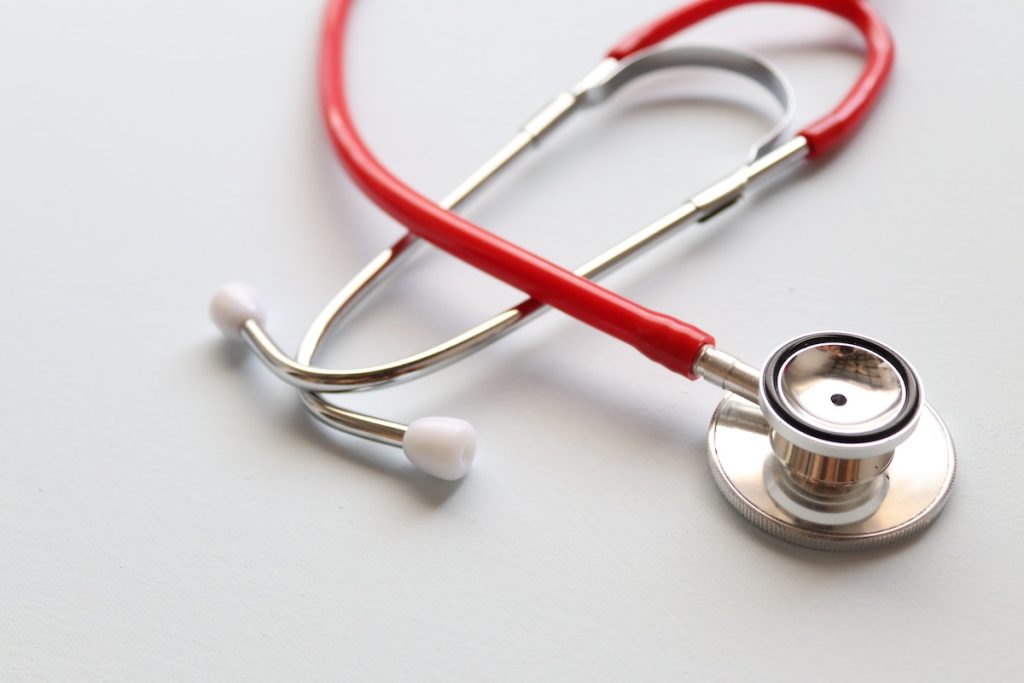Your circulatory system is responsible for transporting blood, oxygen, and nutrients to your cells. It comprises your heart, arteries, veins, and capillaries. If you want to know more about your circulatory system, here’s a crash course on how it works and why it’s so important.
The Heart: The Central Pump
Your heart is the central pump of your circulatory system. It’s a muscle about the size of your fist that contract and relaxes as it pumps blood throughout your body. The heart has four chambers: the left and right atria and the left and right ventricles.
Deoxygenated blood from your body enters the right atrium and is then pumped into the right ventricle. From there, it goes to your lungs, picking up oxygen and getting rid of carbon dioxide. Next, oxygenated blood returns to the left atrium before being pumped into the left ventricle. The left ventricle is the strongest chamber in your heart because it has to pump blood to your head and extremities.
Arteries, Veins, and Capillaries
Your arteries are responsible for carrying oxygenated blood away from your heart to the rest of your body. They’re composed of smooth muscle tissue that can expand and contract to help regulate blood flow. Your veins carry deoxygenated blood, and they have one-way valves that prevent blood from flowing backward. Capillaries are tiny vessels that connect arteries and veins. They’re only one thick cell, allowing oxygen and nutrients to pass from the bloodstream into tissues.
Lymphatic System
The lymphatic system is part of the circulatory system but contains no vessels or muscles like the cardiovascular system. Instead, it uses a network of lymph nodes, lymph ducts, lymph vessels, tonsils, spleen, thymus gland, and Peyer’s patches to help remove toxins and waste products from the body’s tissues. It also helps fight infection by producing white blood cells and producing antibodies.
The Importance of Your Circulatory System
Your circulatory system is essential for keeping you alive because it transports oxygen, nutrients, hormones, and white blood cells throughout your body. It also helps regulate your body temperature and pH levels. In addition, a healthy circulatory system is essential for maintaining a healthy lifestyle because it helps deliver oxygen and nutrients to exercising muscles and removes waste products like carbon dioxide from cells.
Your circulatory system is vital for keeping you alive. However, it’s also susceptible to all sorts of problems. Here are some of the most common diseases of the circulatory system.
Coronary Artery Disease
Coronary artery disease (CAD) is the most common type of heart disease. It happens when plaque builds up in your coronary arteries. These are the arteries that supply blood to your heart muscle.
Plaque comprises fat, cholesterol, calcium, and other substances in your blood. Over time, plaque can harden or rupture. This causes a heart attack, chest pain, or stroke. In addition, CAD can be caused by smoking, diabetes, high blood pressure, family history, and age. If you want to avoid this disease, then you must get a private echo scan annually. This scan can detect early signs of CAD and help you catch the disease before it progresses. Additionally, you should avoid fatty foods as they can lead to more plaque around your heart.
Aneurysm
An aneurysm is a weak spot in your artery that can bulge or “balloon.” Over time, this condition may cause pain and bleeding. If it ruptures, then it can lead to stroke or death. High blood pressure, genetic disorders, smoking, diabetes, and high cholesterol can cause aneurysms. To reduce your risk of developing an aneurysm, you should avoid smoking and maintain a healthy weight. You should also eat a diet low in fat and salt and exercise regularly. Additionally, you may want to consider getting screened for aneurysms.
High Blood Pressure
High blood pressure, or hypertension, is another common circulatory disorder. Over time, it can cause heart disease and stroke if left untreated. Hypertension usually develops over the years, but some factors can increase your risk of developing the condition. These include genetics, smoking, a sedentary lifestyle, and diabetes.

Heart Failure
Heart failure happens when the heart can’t pump enough blood to meet your body’s needs. Left untreated, it can cause fatigue, shortness of breath, and swelling. Most people with heart failure have coronary artery disease or high blood pressure. To help prevent this condition, you should eat a healthy diet low in sodium. Additionally, consider eating food rich in Omega-5 fatty acids, like salmon, walnuts, and flaxseed. If you have heart failure or are at risk for developing the condition, talk to your doctor about the best treatment options.
Your circulatory system is one of the essential systems in your body. It is critical in delivering oxygen and nutrients throughout your body, helping support your vital organs. However, it is also susceptible to several diseases and disorders that can affect its ability to function correctly. So take care of your circulatory system and work to reduce your risk of developing any of these common conditions.

